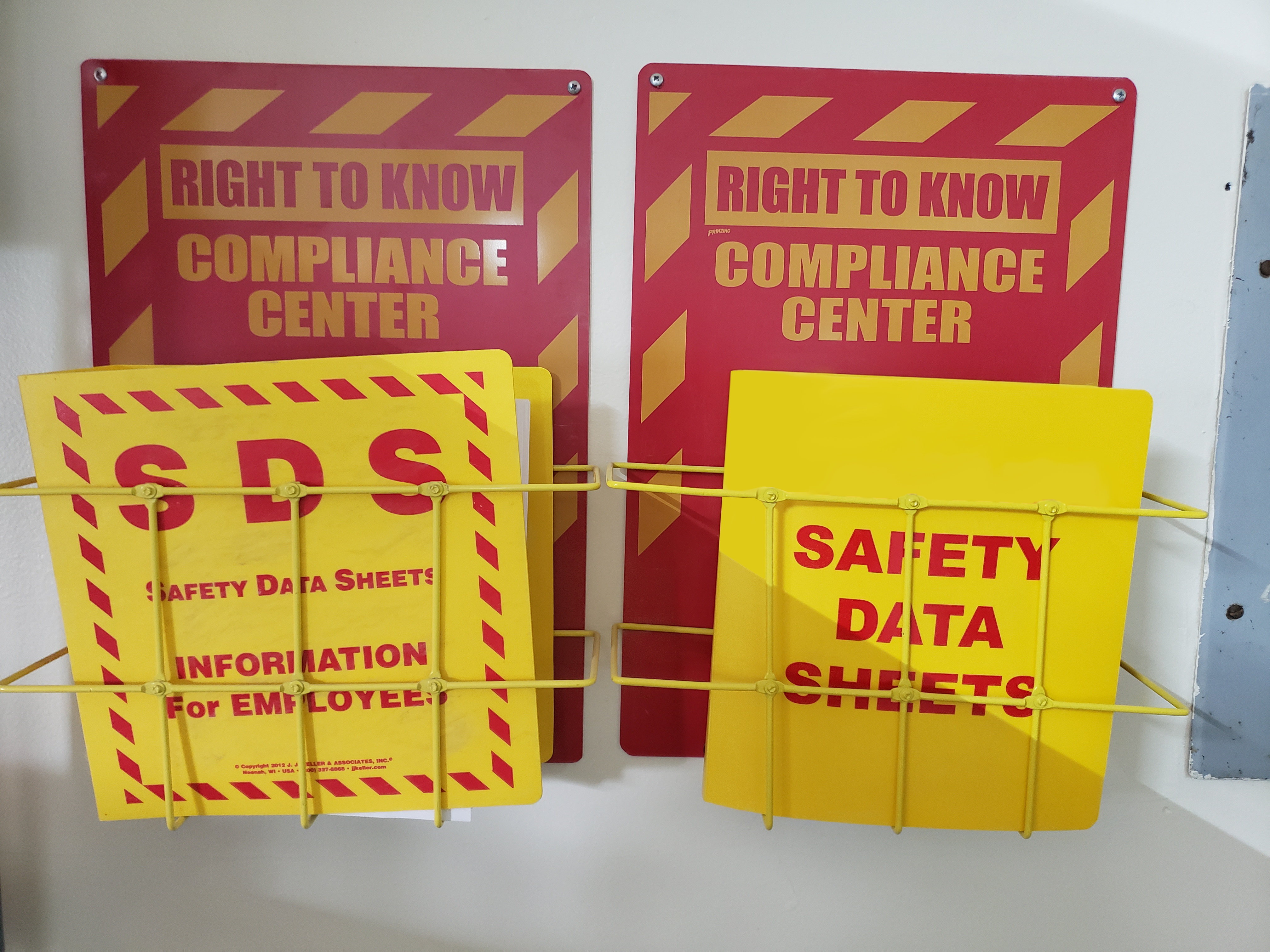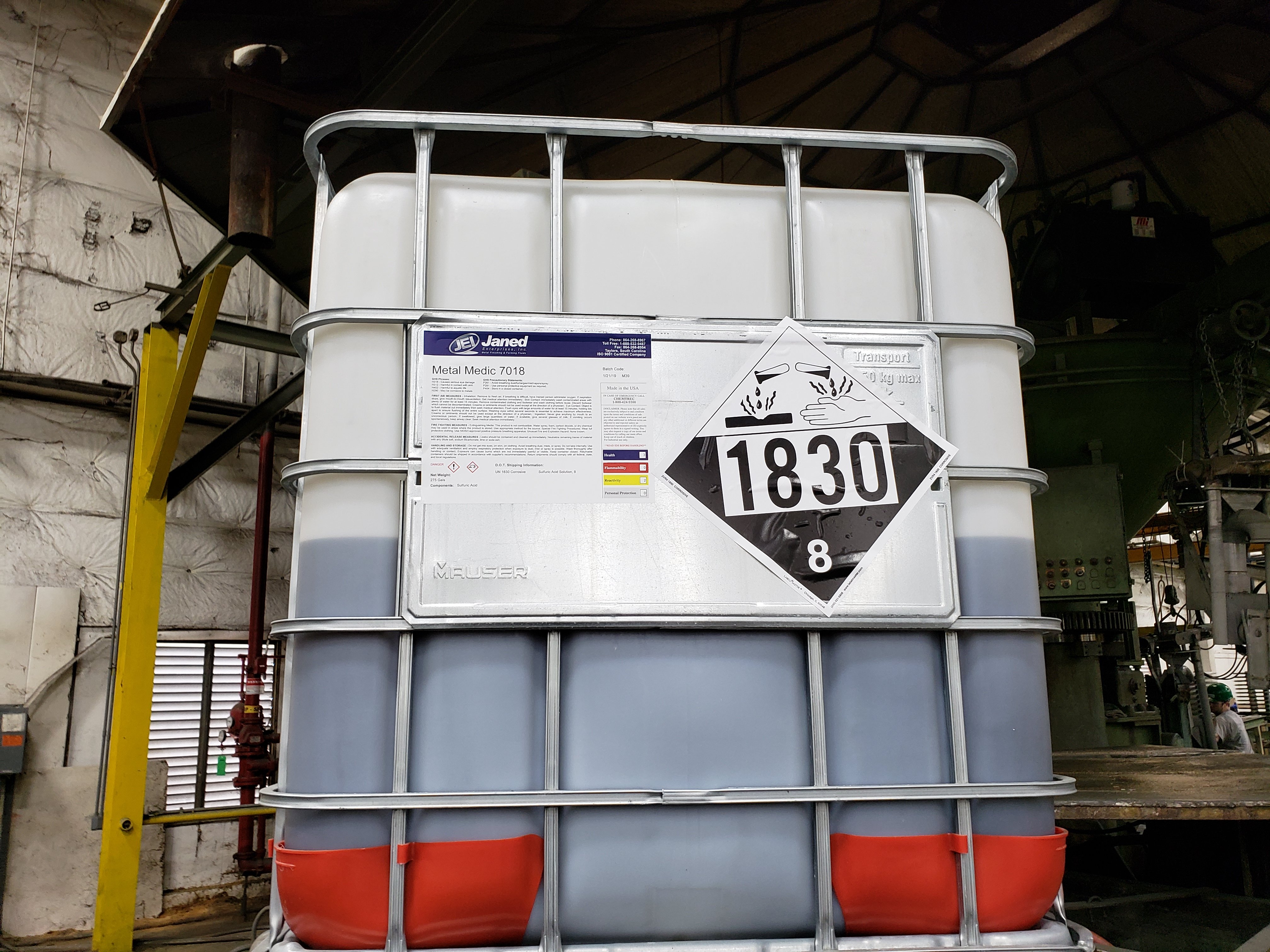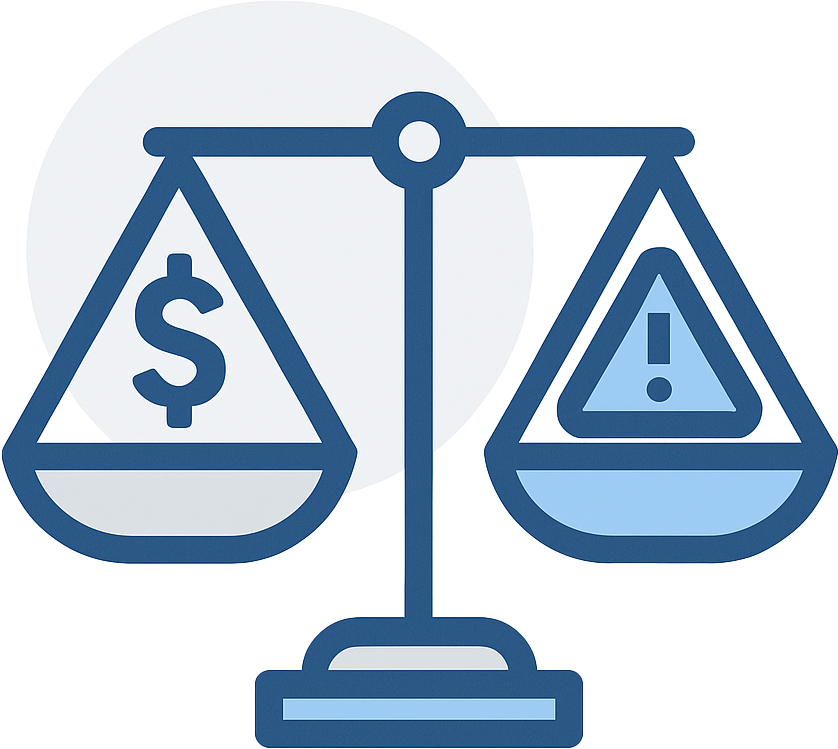Learn if Tier II CRTK reporting applies to you and your business!
When it comes to environmental regulations, one of the most common things we get asked about is the need for annual reporting of materials stored at facilities. Many people out there have heard of one thing or another when it comes to annual reporting requirements, which can be drastically different based upon where your facility is located, and what types of materials you have on-site.
Specifically, we're talking about Tier 2 Community Right-to-Know Reporting, aka CRTK Reporting, Tier II Reporting, 312 Reporting, EPCRA Reporting, etc., etc. No matter what you call it, this annual reporting requirement applies to a variety of facilities across the United States, from small mom-and-pop operations to massive industrial operations.
Having said that, understanding who needs to do Tier II Reporting can be tricky but is vitally important not only to keep your operation in compliance with the regulations, but to help keep your community, and local emergency officials (fire, police, and EMS) safe in case of an emergency.
So, let's dive in and discuss who needs to do CRTK Reporting at their operations.
First off - what is Tier II Reporting?
A lot of folks still aren't clear on what Tier II reporting actually is.
Here's the short answer: Tier II falls under EPCRA (Emergency Planning and Community Right-to-Know Act) regulations and is commonly referred to as Community Right-to-Know (or CRTK) reporting.
This reporting requires that owners or operators of facilities subject to the regulation submit information by March 1st of each calendar year to the state and local emergency agencies (such as a State Emergency Response Commission (SERC), a Local Emergency Planning Committee (LEPC), and/or the local fire department).
For a more in-depth review, check out What is Tier II Community Right-to-Know reporting? Also, we still hear of a lot of operations out there thinking Tier II & TRI reporting is the same (hint - they aren't). For more information on that subject, check out this article: Are Tier II & TRI Reporting the same?
Who needs to do Community Right-to-Know Reporting?
Tier II Reporting is applicable to any facility that stores any material on-site at any one point in time (like a "snapshot" of your facility) that's deemed "hazardous" at or above applicable reporting thresholds. If your material has an SDS, then it's "hazardous"!
So instead of focusing on NAICS codes, various state regulations, or some other determination, whether your facility will need to conduct Tier II reporting relies solely on the number of hazardous materials stored on-site. If you have these materials, and they're stored at or above thresholds, then you need to conduct Tier II reporting, no matter what.
Phew! I don't have a single SDS! I don't need to do Tier II Reporting - RIGHT?!
WRONG.
You need to talk to your vendors. Or fire up Google. Just because you don't have an SDS in your possession doesn't mean the material doesn't have (or doesn't need) one.
Here's a perfect example. Let's say you collect used cooking oil from restaurants. The restaurants aren't giving you an SDS for that material, so you're off the hook, right? Nope!
Here's an SDS for virgin cooking oil, and here's an SDS for used cooking oil.
Here's one for natural sand.
Here's one for... milk!
If your material has an SDS, whether you think it's hazardous or not, it should be fully and completely evaluated to see if it falls under Tier II Reporting requirements.
Now before we venture any further, I want to make it explicitly clear here: we are NOT safety consultants, so when it comes to OSHA considerations and regulations regarding hazardous materials, we are not the right person to ask. However, when it comes to reporting these materials to emergency agencies (as environmental regulations require), we are the right person to ask.
On very, very few occasions, as in I can count them on one hand, have we been told a material truly does not need to be reported. And in all of those cases, we have reason to believe that the regulatory agency in question was telling us incorrect information.
Yes, it happens, even the people in the government who supposedly know the rules can tell you the wrong thing.

Still, wondering what qualifies as a hazardous material? Here are some of the more common materials that require SDSs that we see at commercial and industrial facilities:
- Diesel fuel
- Gasoline
- Diesel exhaust fluid
- Antifreeze
- De-icing salt
- Bleach
- Lead-acid batteries
- Latex paint
Since each of these materials has an associated SDS (which must be always kept on-site), these are considered hazardous, and if stored over a certain amount, they must be reported.
And again to be clear, there are many, many, many more types of materials out there that we did not list here. This is in no way, shape, or form a comprehensive list of materials!
I have one or more hazardous materials at my site. Now what?
So now that you understand what this regulation is, and what is it focused on (hazardous materials stored on-site), when would reporting be triggered? If you store those hazardous materials at or above the applicable reporting threshold, then you would have to report them.
Now we can't go into the reporting thresholds for every single hazardous material here (that would be a lengthy article), but we can shed some light on some common thresholds and regulations surrounding Tier II CRTK reporting thresholds.
- For most hazardous substances, the reporting threshold is 10,000 pounds. If you have a solid material, that's easy to figure out. If your material is a liquid, such as gasoline, you'll need to bust out the calculator and do some math.
- For extremely hazardous substances (EHS), thresholds can be much, much lower. For example, things such as sulfuric acid or other nasty, harmful materials, the reporting threshold is only 500 pounds, OR the threshold planning quantity (TPQ), whichever is lower. To put that into perspective, some EHSs might have a TPQ of 100 pounds, or 10 pounds, or 1 pound! Whichever number is lower, 500 or the TPQ, as soon as you store at or above that threshold, you are required to report it.
- For gasoline at retail gas stations, the reporting threshold for underground storage tanks (USTs) is 75,000 gallons.
- For diesel at retail gas stations, the reporting threshold for underground storage tanks (USTs) is 100,000 gallons.
BUT! States and/or local agencies may have lower reporting thresholds and/or additional materials covered by regulations. Meaning thresholds in NYC are different than the middle of Oklahoma, which are different from California (they call CRTK reporting Hazardous Materials Business Plans or HMBPs for short), which are different from Boston, Massachusetts. The point is, you must evaluate each facility's reporting requirements on a case-by-case, and sometimes material-by-material basis!
Here's an easy example: say you store 15,000 pounds of antifreeze at your facility. Antifreeze is deemed a hazardous material (how do we know? It has an SDS!) Since the reporting threshold for antifreeze is 10,000 pounds, you’d have to report it!

Are there any Tier II CRTK reporting exceptions?
Yes, there are a few materials that are exempt from this regulation. They are as follows:
- Any new food, food additive, color additive, drug, or cosmetic regulated by the Food and Drug Administration. Food waste or materials used to cook foods, like grease or used cooking oils are by and large not exempt as they are considered a form of waste, depending on the specific state in question.
- Any substance present as a solid in any manufactured item to the extent exposure to the substance does not occur under normal conditions of use;
- Any substance to the extent it is used for personal, family, or household purposes, or is present in the same form and concentration as a product packaged for distribution and use by the public;
- Any substance to the extent it is used in a research laboratory or a hospital or other medical facility under the direct supervision of a technically qualified individual; and
- Any substance to the extent it is used in routine agricultural operations or is a fertilizer held for sale by a retailer to the ultimate customer.
If any of these scenarios apply to you, this reporting may not be applicable to your facility. Keep in mind these exclusions apply only to those materials that are used in the way(s) described above. And, if you store other materials onsite (that aren't listed here), reporting still might be necessary!
Tier II CRTK reporting isn't as complicated as it sounds!
It's really as simple as this: if you have any hazardous materials at your site (you'll know if you have any of these materials if you have an SDS for them) in excess of their "reporting thresholds" (which depend on the particular material, and maybe impacted by state and/or local regulations), then yes, you need to do Tier II CTRK reporting.
Unfortunately, understanding what Tier II reporting is and whether it applies to your facility is a lot easier than figuring out exactly what hazardous materials you have on-site above the reporting thresholds, how to report those hazardous materials, and who to report them to. Again, there may be additional levels of regulation depending on your location!
And, like any business, you've got more important things to do than wade through! If you need a hand with Tier II reporting, or still have any questions about these regulations and whether or not they apply to you, feel free to contact us at info@rmagreen.com, click here to contact us, or give us a call anytime at 888-RMA-0230 to learn how we can help your operation deal with environmental regulations such as the confusing world of Tier II reporting.
Additional CRTK Links
Need more information? Here are some additional helpful articles about the Tier II CRTK reporting process:












